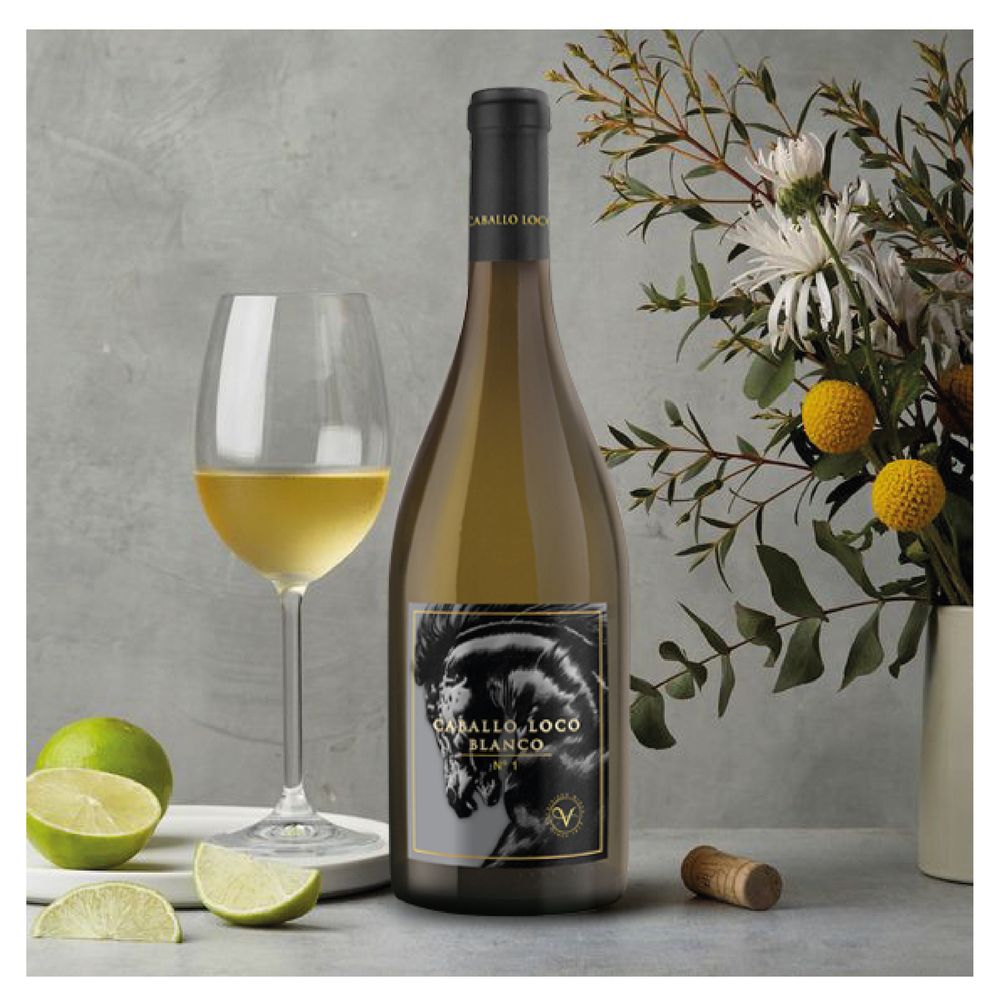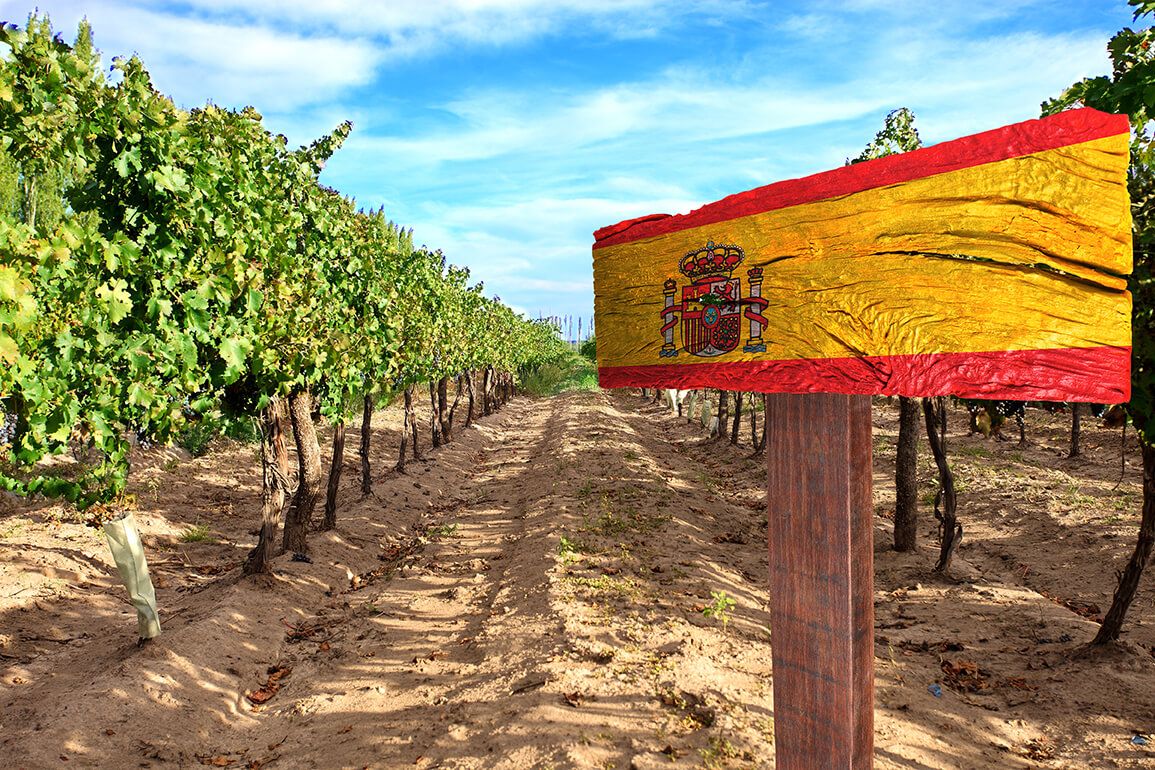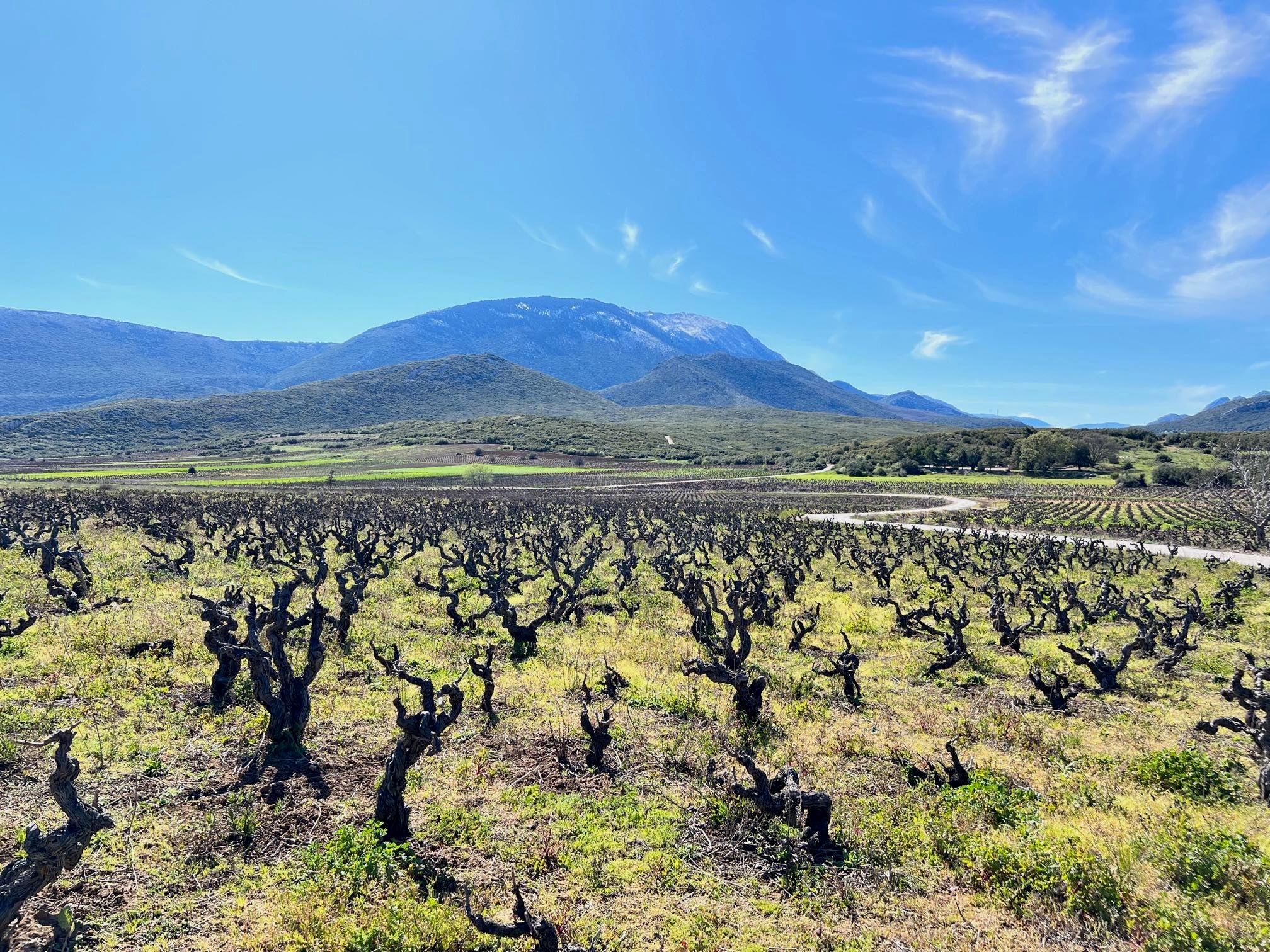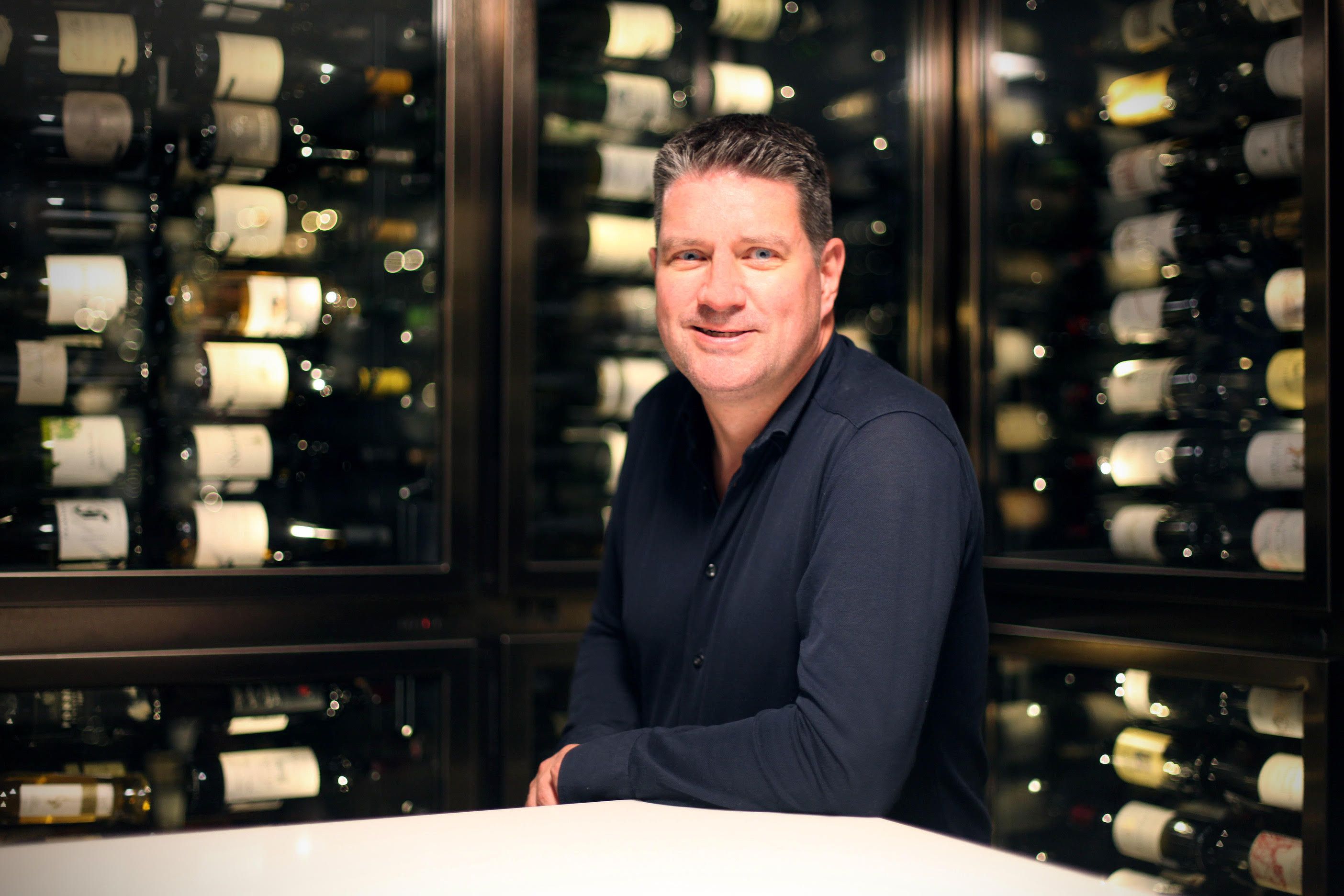“Building on the success of the red Caballo Loco, Jackson sought a white wine equally wild and unconventional,” writes De Pasquale about Caballo Loco Blanco N°1

“My goal is to create a unique sensory experience with every release. I approach wine as if it were a culinary creation,” Brett Jackson winemaker of Caballo Loco Blanco N°1
Before establishing roots in Chile in the mid-1990s, Kiwi winemaker Brett Jackson’s globetrotting career in the wine industry saw him traverse many countries in Europe and the US. He feels at home when making wines from a single vintage and single vineyard locations. However, when he joined Viña Valdivieso in 2001, he had his work cut out for him.
Jackson was tasked with making Caballo Loco N°6, a non-vintage wine that uses a mosaic of grape varieties, multi-vintages (50% of the current vintage with 50% of the previous edition) and aged in a system inspired by Sherry soleras. Nothing was in line with what he was making before. What’s more, for each release, the blend is different. And to make matters worse, there is no digital record of the percentage of grape varieties used in the blend for any of the previous releases.
It took some time for Jackson to fully grasp Caballo Loco’s winemaking philosophy. After more than two decades in the role, he can now articulately explain his thought process behind each edition:
“My goal is to create a unique sensory experience with every release. I approach wine as if it were a culinary creation, considering what adds richness to food, whether it’s sugar or oil, and how to keep the palate engaged and craving more. This might involve adding elements like vinegar or chilli, for instance.” This approach aligns well with Caballo Loco’s nature as a gastronomic wine.
With the desired final style in mind, finding the necessary ingredients to achieve it becomes more manageable.
Jackson adds, “In Chile, from the North to the South, the grapes exhibit significant differences in expression. We are fortunate as it’s similar to having a giant pantry, affording us the opportunity to access various components, experiment with them, and craft exceptional sensory experiences by combining them.”
The analogy of a giant pantry is not an exaggeration. Jackson has a wide selection of vineyards and grape varieties at his disposal. Inside the winery, he can utilise various winemaking vessels, and then there is the solera system for ageing and blending. While Cabernet Sauvignon, Cabernet Franc, Merlot, and Malbec are the primary grape varieties in the red blend, the composition has evolved over time. It included Pinot Noir in the early editions, Syrah in some, Carménère starting from N°8, Petit Verdot in N°15, Carignan from N°17, and Grenache and Tannat from N°19. In essence, there’s no fixed recipe to follow.
“We are fortunate to have the freedom to explore all these possibilities each time. In many wine regions, such flexibility wouldn’t be possible,” Jackson points out.
Chile is not immune to global warming and, as expected, the alcohol level has increased over time, from a mere 12.5% in N°1 to around 14.5% in recent vintages. Nonetheless, the wines showcased during the vertical tasting were impressively well-balanced, expressive, and complex. Above all, they exhibit a beautiful, silky tannin structure running through each wine.
“The goal is to craft a well-balanced and complex wine, with vineyard management playing a crucial role. We avoid extended hang time and never use raisined fruit to prevent the development of dry tannins or raisin flavours,” Jackson explains.
“The ageing process also plays a significant role. We gently age the young components for an average of three years before incorporating them into the main blend, allowing the tannins to properly integrate into the wine,” Jackson continues.
The making of Caballo Loco Blanco N°1
A similarly meticulous thought process went into the creation of Viña Valdivieso’s first white blend, Caballo Loco Blanco N°1, a project almost two decades in the making. Building on the success of the red Caballo Loco, Jackson sought a white wine equally wild and unconventional. He wanted to avoid the obvious choices like Chardonnay and Sauvignon Blanc. The breakthrough came after tasting a Viña Tondonia in Rioja.
“While most people associate white wine with being refreshing, I realised there is another way to craft a white wine that complements the red Caballo Loco,” Jackson explains.
‘Mission Caballo Loco Blanco N°1’ was initiated in 2017. The winemaking team began by sourcing Chardonnay base wine from Limarí, ageing it in barrels for five years with lees stirring. Additionally, Jackson obtained Moscatel de Alejandría from Itata, known for its rich phenolics, and aged it for approximately five years in both barrels and amphora.
Some of the wine in amphora accidentally developed a layer of flor, contributing to complexity and balancing Chardonnay’s sweetness. Pinot Gris, picked at 10% ABV for its acidity, was included in the blend, along with a few other grape varieties. The result is a rich and flavourful white wine that matches the boldness of its red counterpart.
The mission is a success, it seems.

Caballo Loco Blanco N°1
Grape variety: Chardonnay (Limari), Moscatel de Alejandría (Itata), Pinot Noir (Mulchen), Viognier (Curico Valley), Pinot Gris (Casablanca), Semillon (Curico Valley)
Lively aromas of citrus and dried apricots on the nose lead to a complex nutty overtone. Wonderfully textural on the palate, with a refreshing acidity and a savoury finish. ABV: 13%
Caballo Loco N°20
Grape variety: Cabernet Sauvignon, Syrah, Carménère, Cabernet Franc, Grenache, Tannat, Carignan, Malbec and Merlot (wines mainly from the 2017, 2018, and 2019 vintages with the youngest component from 2002)
The complex aroma of blackberries, brambles and cherries, mingles with sweet spices and a savoury note. The palate is elegant and rounded with a fine tannin structure and a lingering finish. ABV: 14.5%
Caballo Loco Blanco N°1 and Caballo Loco N°20 are imported and sold in the UK by Bibendum & Walker & Wodehouse


































